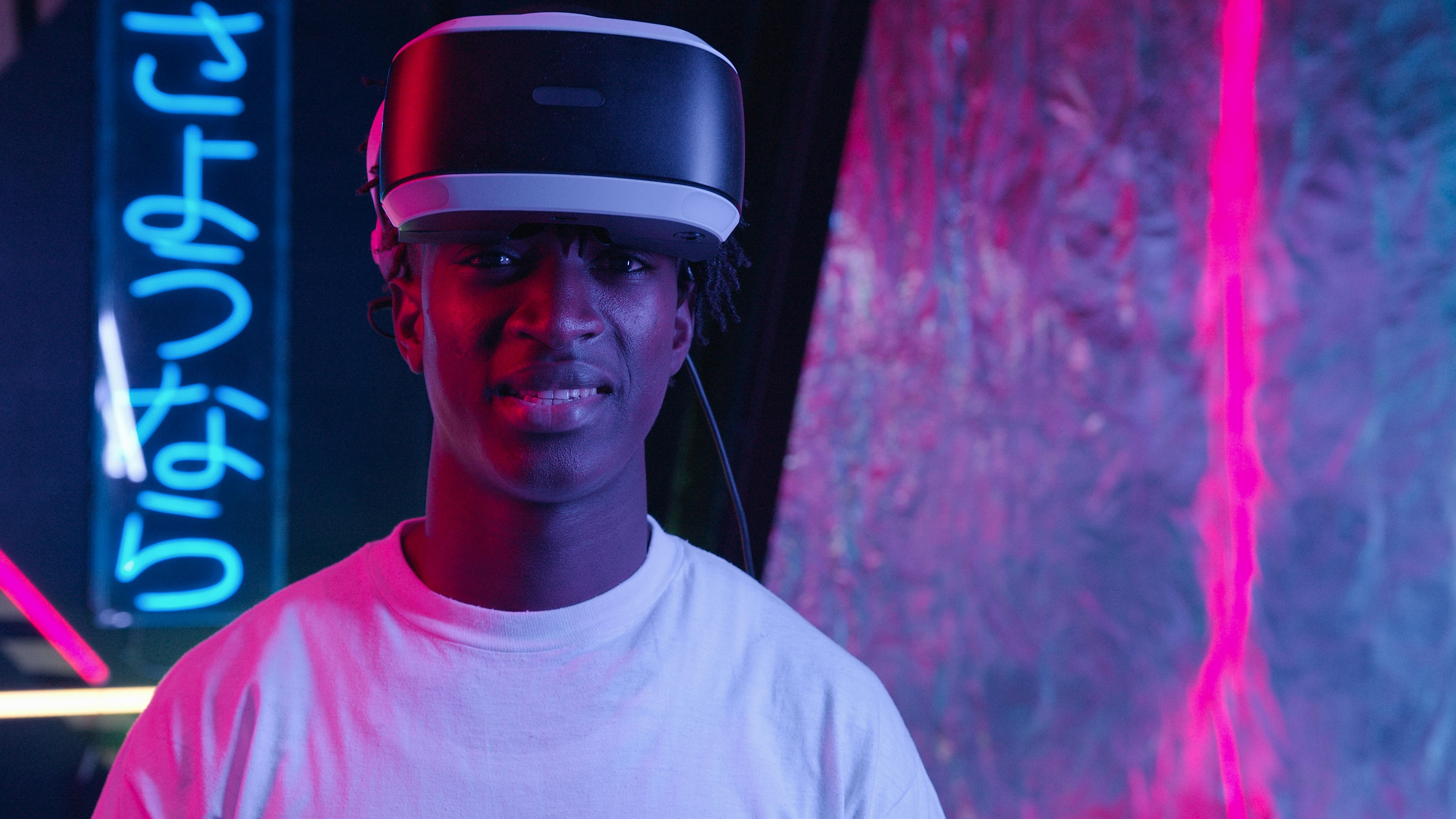A Fresh Lens: The Expanding Universe of Virtual Reality in Entertainment
Immerse yourself in an alternate reality, a new dimension where the impossible becomes the possible. Virtual Reality (VR) is revolutionizing the entertainment industry, offering an immersive, sensory experience that pushes the boundaries of storytelling and artistry. This article takes a deep dive into the growing influence of VR in entertainment, from the early stages of development to its current applications and future prospects.

The Emergence of Virtual Reality: A Historical Perspective
Virtual Reality, often associated with science fiction narratives, has been intriguing the minds of technologists and artists long before it was practically realized. The concept of VR, a simulated experience that mimics reality or creates an entirely new one, was first introduced in the 1930s in Stanley G. Weinbaum’s short story “Pygmalion’s Spectacles.” It wasn’t until the 1980s, however, that VR technology began to take form, with pioneers like Jaron Lanier developing the first VR goggles and gloves.
Virtual Reality’s Rise in the Entertainment Industry
In the past decade, Virtual Reality has taken the entertainment industry by storm. Starting from gaming, where VR offered an unprecedented level of engagement and immersion, it soon permeated other areas of entertainment. Film festivals like Sundance and Cannes have begun showcasing VR films, offering viewers a 360-degree cinematic experience. Even theatre has tapped into VR’s potential, with productions providing VR headsets to audiences for a fully immersive theatrical experience.
The Impact and Reception of Virtual Reality
The introduction of VR into the entertainment industry has been met with mixed reactions. While some laud it as the future of entertainment, revolutionizing the way we consume films, games, and theatre, others express concerns over its potential to isolate individuals and create a disconnect from reality. Nevertheless, the impact of VR is undeniable. It has redefined audience’s expectations of immersion and interactivity in entertainment, compelling artists and creators to explore new territories of storytelling.
The Future of Virtual Reality in Entertainment
The future of VR in entertainment holds immense potential. With advancements in technology, the VR experience is set to become more seamless and realistic, further blurring the line between virtual and physical reality. The realm of possibilities is vast—from virtual concerts where one can experience live music from the comfort of their home to VR theme parks that transport one to fantastical worlds. VR might also pave the way for more inclusive entertainment, making experiences accessible for individuals who might be physically unable to partake otherwise.
In conclusion, the integration of Virtual Reality in the entertainment industry marks a significant shift in the way we engage with art and entertainment. This immersive technology, despite its challenges, is opening new avenues for creative expression and audience engagement, transforming the entertainment landscape in unprecedented ways. As we stand on the brink of this new era, one can only imagine what virtual realities await us.




